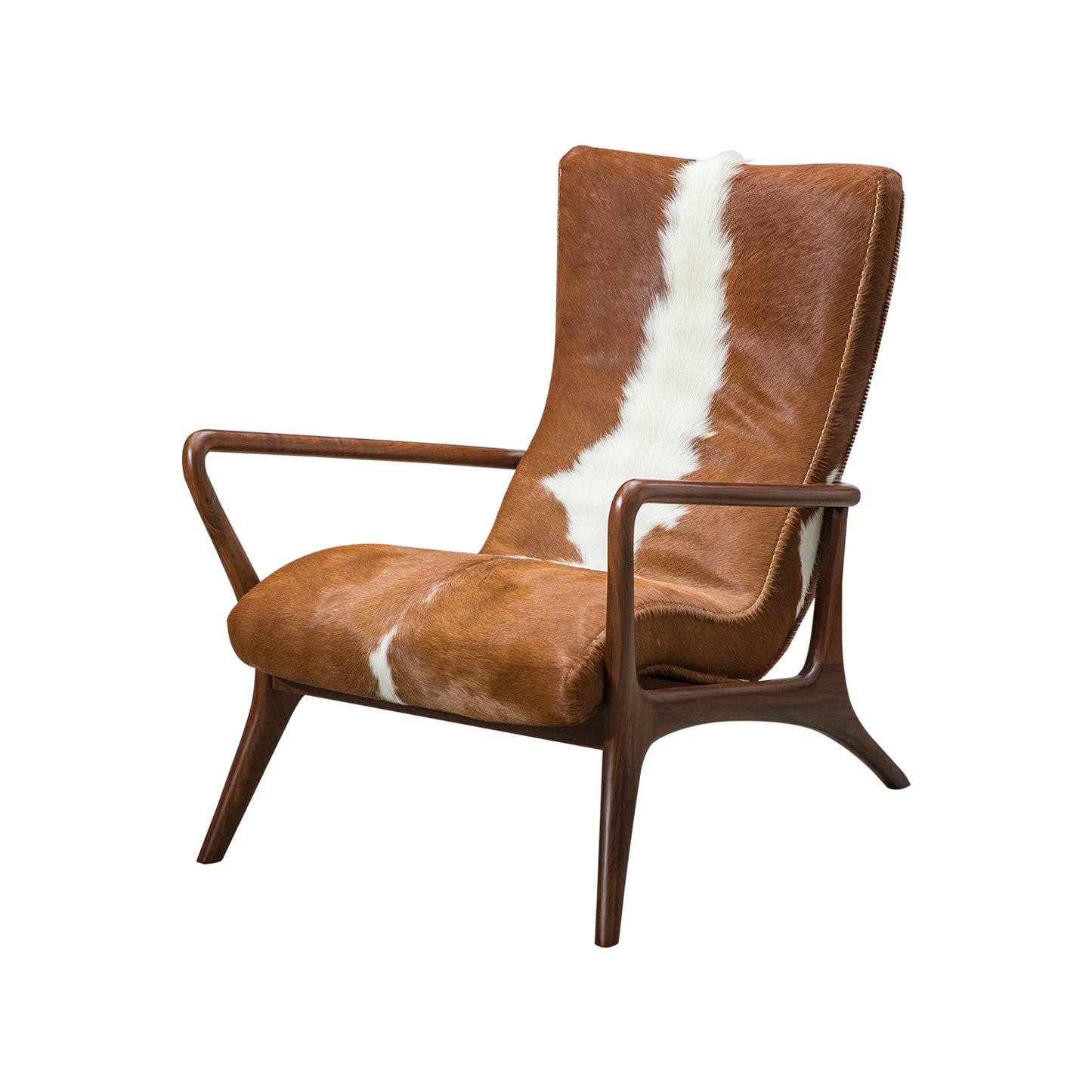Chairs have long been an essential element of interior furniture, serving both functional and aesthetic purposes. The evolution of chair design reflects broader cultural shifts, technological advancements, and changing tastes. This article delves into the fascinating journey of chairs, exploring their transformation from traditional styles to contemporary masterpieces.

Traditional Chairs: A Reflection of Craftsmanship
In the early days, chairs were crafted with meticulous attention to detail, often showcasing the skills of master artisans. Traditional chairs, such as the wingback and Queen Anne styles, were not only functional but also symbols of status and elegance. These pieces were typically made from rich woods and adorned with intricate carvings.
- Wingback Chairs: Known for their high backs and side wings, these chairs provided comfort and warmth.
- Queen Anne Chairs: Characterised by their cabriole legs and upholstered seats, they epitomised grace and sophistication.
Do you ever wonder how these traditional designs have influenced modern aesthetics? The answer lies in the enduring principles of comfort and style that continue to resonate today.
Mid-Century Modern: A Shift in Design Philosophy
The mid-20th century marked a significant turning point in chair design. Influenced by the modernist movement, designers began to prioritise functionality and simplicity over ornate details. Iconic chairs from this era, such as the Eames Lounge Chair and the Barcelona Chair, exemplified this new approach.
- Eames Lounge Chair: A perfect blend of comfort and elegance, it remains a timeless classic.
- Barcelona Chair: Designed by Ludwig Mies van der Rohe, it is celebrated for its sleek lines and minimalist aesthetic.
These chairs not only transformed living spaces but also set the stage for future innovations in design. What made these pieces so revolutionary? Their ability to combine form and function in a way that appealed to a modern audience.
Contemporary Chairs: Embracing Innovation and Sustainability
Today, the world of chairs is more diverse than ever. Contemporary designs often incorporate sustainable materials and innovative manufacturing techniques. Designers are now exploring new forms, textures, and colours, pushing the boundaries of what a chair can be.
- Ergonomic Chairs: Focused on comfort and support, these chairs are essential for modern workspaces.
- Recycled Materials: Many contemporary chairs are crafted from eco-friendly materials, reflecting a growing commitment to sustainability.
As we consider the future of chair design, it is clear that the emphasis on sustainability and innovation will continue to shape the industry. How will these trends influence your choice of chairs in your home or office?
Conclusion: The Timeless Appeal of Chairs
From traditional craftsmanship to modern innovation, chairs have undergone a remarkable evolution. They remain a vital part of our living spaces, reflecting our values and aesthetics. As you explore the world of interior furniture, consider how the design of chairs can enhance your environment, offering both comfort and style.
In conclusion, the journey of chairs is a testament to human creativity and adaptability. Whether you favour the elegance of traditional designs or the sleekness of contemporary styles, there is a chair that perfectly suits your needs.




